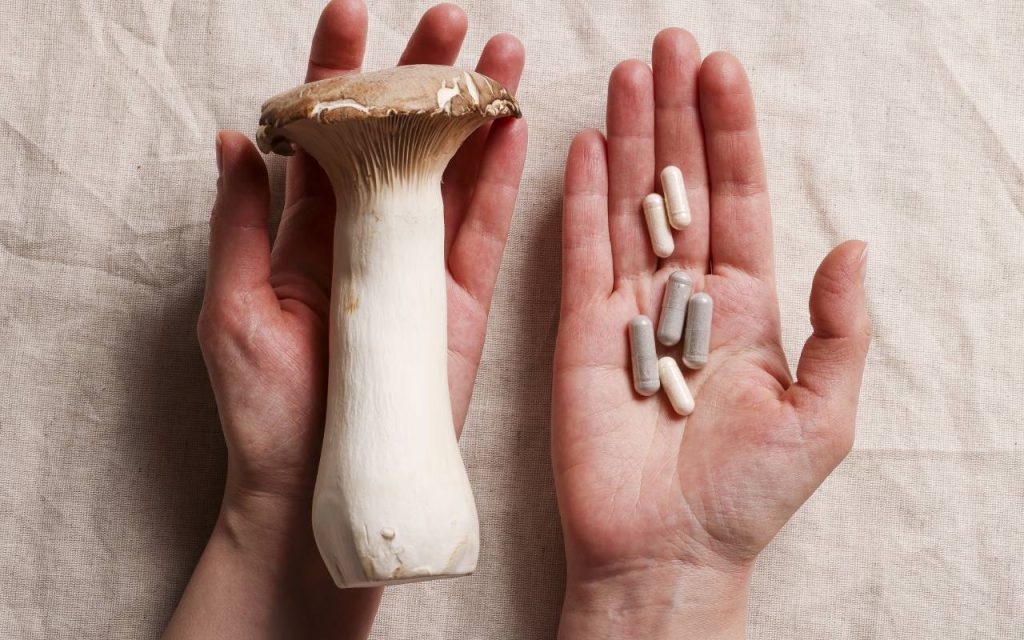Top 5 Mistakes to Avoid When Growing Mushrooms at Home

Growing mushrooms is not difficult once you are aware of the factors that could be wrong.
Many encounter these common cultivation errors, especially when they attempt to plant their first time. When you first begin your journey to cultivate mushrooms ensure you are looking for these mistakes.
Here are a few mistakes that were made by us when started mushroom growth. Sometimes, it’s beneficial to make mistakes and learn from them, but on other occasions, it’s better to learn from other people.
1. Sterilization of the mushroom-growing substrate
Contamination is the primary reason behind failures when growing mushrooms. The incorrect sterilization process is the main source of contamination. It is essential to clean all equipment and surfaces for work as well as containers and gloves with alcohol before any work is started.
- You must thoroughly cleanse the material. Follow the sterilization procedure without any deviations.
- Make sure to check the pressure frequently when using the pressure cooker to ensure sterilization by heat.
- When working with liquid cultures you should treat the needle of the syringe each time it is inserted, the same is true for the scalpel if you are working with Agar.
To ensure success, whether you’re growing traditional mushrooms or looking to buy magic mushrooms for experimentation, you must thoroughly cleanse the material. Follow the sterilization procedure without any deviations.
The workplace surroundings are just as crucial. It is crucial to maintain a workplace clean, neat, and sterile workplace for the best chance of being successful.
2. Slow and steady is the winner of the race.
Beginners of mushroom growing are always keen to see the final product. Mushroom Growing is a careful and precise process that is best not to do in a hurry.
A lack of preparation or adherence to a selected method can result in an increased chance of contamination.
The pressure of trying to speed up each stage could result in an increased failure rate. Make sure your substrate is completely cool before inoculation. You must ensure that Mycelium has completely colonized your substrate before beginning the fruiting phase.
3. Cutting corners won’t result in satisfying results.
There is a tendency to make a few alterations to save costs. There is no reason to do this when it comes to growing mushrooms. The costs of production are so low, in the beginning, that it’s worthwhile to invest fully in the correct equipment in the beginning to improve the chances of success.
If you attempt to grow too fast quickly and don’t have the proper equipment to manage the demands of your workflow, you’ll quickly be overwhelmed.
4. the right conditions for the growth of mushrooms
A poor environment can quickly cause failures. It is vital to check the requirements for every variety of mushrooms you plant.
Mushrooms thrive in a variety of environments around the world and require special focus. Key factors to consider include:
- Temperatures of the ground and air
- Humidity
- Light conditions
- Fresh air exchange
5. Be aware of the thermogenesis
Thermogenesis occurs when mycelium begins breaking down organic matter. Just like compost piles, the mushrooms will start generating heat.
There is a chance that the temperature of your substrate could rise higher than the temperature of the air within the space. If the room in which you are fruiting is operating at a high temperature, then the temperature of your substrate may increase above that and then will cook the Mycelium. That could lead to your Mycelium being cooked and dying.
Few more points to look into this
Certain mistakes can be avoided by the knowledge gained from cultivating your mushrooms. Here are a few most common mistakes that can dramatically boost your chances of success
- Learn about what the early indicators of contamination look like. It will save you both time and cash. When contamination is identified, the item that is contaminated should be removed from the contaminated area.
- Label your samples and jars with the date, species, and batch number, to prevent confusion.
- Make sure you stick to the approach you began with.
- When working with spores, it is vital to ventilate your space after you have finished your work and ensure that samples are safe.
Conclusion
Start practicing correct sterilization methods as early as you begin the process of growing mushrooms. The majority of contamination issues are easily avoided with the right techniques and the right equipment.
Don’t be rushed with your first growth. Start with a plan and don’t make up or make a mistake in the beginning.
Be sure that the environmental conditions are appropriate for the kind of mushroom you want to grow. Humidity, air exchange temperature, and light are all crucial aspects to keep a close check on.
Mycelium growth generates heat. Make sure to keep it at a few degrees lower than the optimal temperature so that you don’t cook your mycelium.
Do you know of other mistakes made by mushroom farmers which should be included in this list? We would love to hear about them by leaving a comment below.



